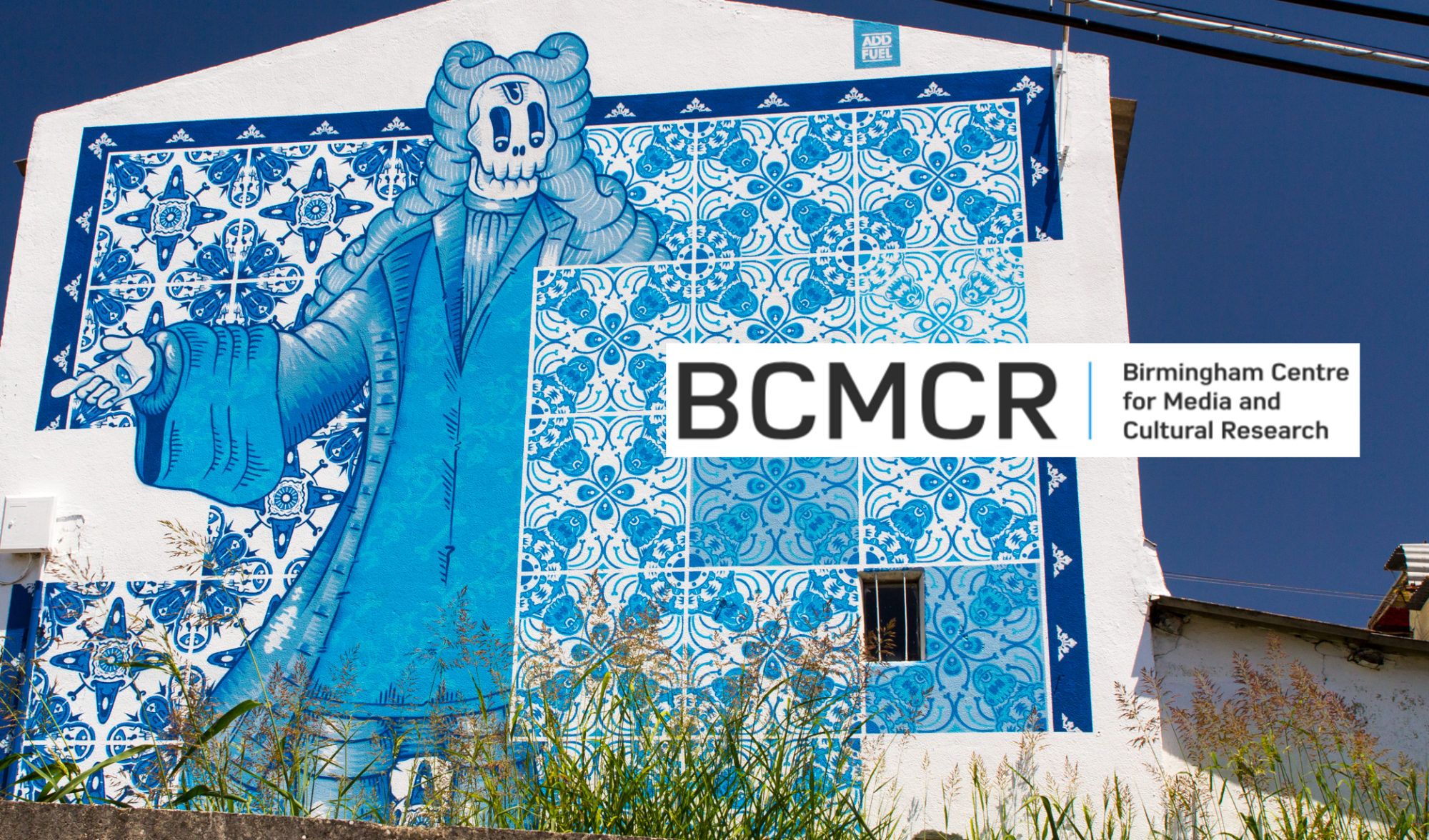Sequestered Collections: cultural value and access in moving image archives
by Angela English
My research looks at how archive film might play a role in public history practice. I am currently engaged in a systematic critique of current practices with moving image material and what role is played by film archivists. Public engagement with archive film has been ongoing for some years in various organisations, both nationally and locally particularly using film for memory work with older people. However a systematic critique of different models of use has not been undertaken to date particularly in terms of understanding of outcome.
Informing the critique were ideas of archive film as ‘incomplete object’ and ‘orphaned text’. Shand (2014) makes a distinction between amateur films and amateur footage which can be fragmentary and often without explanatory intertitles or soundtrack. He calls amateur archive footage, particularly non-fiction footage, ‘an incomplete object’ (p.199)
Czach (2014) says the ‘orphaned home movie’ can be a stubbornly resistant text (p. 35), as it may have no provenance, no genre and no narrative. For the practice critique, I interviewed former colleagues and experienced archivists and practitioners to get as wide an overview as possible as to current practice models, topics of concern and also to create a hierarchy of what seemed important to them in their work and in the sector.
Two areas of concern that arose during the interviews were cultural value and access. Archivists did not seem able to articulate exactly what form historical, social or cultural value takes, though all felt archive film material was valuable. Value seemed defined by an absence and a threat. Some perceptions of value suggested by participants in the practice critique were: marketability as value; KPIs and other instrumental ‘metrics’ (for example numbers of screenings or audience members) as a way of finding value in outreach projects; value through user interaction with archive material and individual enjoyment or pleasure.
Prelinger (2007) calls access to moving image archives ‘a sticky door’. (p.114) and also suggests that ‘many institutions sequester their holdings behind walls of copyright maximalism, policy or indifference, rendering them inaccessible to many’. (p.114) Access to collections may be seen expensive in terms of staffing, budgets or equipment. Interrogating the idea of the sequestered collection led to various suggestions of routes to access to moving image archives by participants. These included: the importance of the curator to contextualise orphaned texts; rights clearance is important as anxieties about IPR and copyright can restrict access; digitisation as a route to access.
The practice critique study will be ongoing until later in 2018 and more data will create a wider picture of current practices with moving image archives.
References
Czach, Liz. “Home Movies and Amateur Film as National Cinema.” Amateur Filmmaking: The Home Movie, the Archive, the Web (2014): 27-37.
Prelinger, Rick. “Archives and Access in the 21st Century.” Cinema Journal 46.3 (2007): 114-118.
Shand, Ryan. “Retracing the local: amateur cine culture and oral histories.” (2014): 197-220.
